Fascinating Facts About The Honey Bee Brain
Almost no other insect has helped humans as much as the honey bee has and continues to do.
For hundreds of years, beekeepers have raised them, harvested their wonderful sweet honey, and relied on them to pollinate various crops.
Did you know that honey bees actually pollinate nearly one-third of the food crops in the world?
The Honey Bee Brain Is Tiny But Very Powerful
In spite of their small brain sizes, honey bees are very smart. Bees have a remarkable ability to learn and recall things very quickly.
- Their brains are about 20,000 times less massive compared to human brains.
- The honey bee brain is actually ten times denser compared to a mammal's brain.
- The honey bee brain has an oval shape and is about the size of one sesame seed.
- The bee brain is a very sophisticated sensory system which gives them excellent sight and smell abilities.
- Their small brains are able to make very complicated calculations on distances for different locations.
- Bees can remember various colors and different landmarks quite easily.
In Australia, researchers were able to successfully teach honey bees to identify several different colors. The bees were shown a color that was used to indicate a specific path in a maze. The bees were then able to find their way through the maze because they recognized that color.
They were also able to recall that specific color later on, and they use it to guide their way through the maze even when they weren't shown it at the start of the maze.
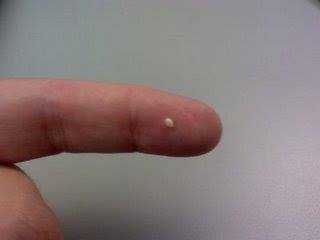
Honey Bees Have A Very Complex Brain And Language System
Bee brains work at a far superior rate to many highly advanced computers.
The most advanced computers can easily figure out 16 billion computations in one second.
The honey bee brain can figure out about 10 trillion in a second, which is 625 times greater than what the advanced computers can do.
A honey bee has 960,000 neurons in its brain.
Their brain's measure just one tiny cubic millimeter, which they use very intelligently.
Worker bees have to handle various roles in their lives.
Foragers have to find flowers, figure out if they are a good source food, find their way back to the hive, and then share all of that detailed information with other foragers.
Honey bees can quickly remember various locations by smell.
Studies showed that bees can go back to a place that had a particular smell when that identical odor was released in their hive.
These bees communicate with each other using their special language code that is called the "waggle" dance.
Their dance pattern looks very much like a figure eight.
Research studies have revealed that honey bees did their best learning in the morning.
This turns out to be very beneficial to honey bees because flower nectar levels are very high in the morning.
When bees get their difficult learning done in the morning, they are able to save some energy for their easier tasks for later on in the day.
Unfortunately, many pesticides that farmers use to protect their crops are very harmful to the honey bee.
These dangerous chemicals can scramble the honey bee's brain circuitry.
Research revealed that the learning circuits of honey bees stopped working very quickly when they were exposed to certain pesticides.
This clearly shows that something has to be done to protect the valuable lives of honey bees if we want to continue to eat the various the crops they pollinate.
Article List on Bees
- Types of Honeybees
- The Fascinating Facts About The Honeybee Brain
- Buckfast Bee
- How Bees Make Honey
- Waggle Dance Talk
- Bee Sting Myths Exposed
- Where Do Bees Sleep
- Bees and Flowers
- Bee Venom
- Bee Pollen The Miracle Food
- Understanding Bee Science and Bee Behavior
- Integrating Bees Into A Suburban Habitat
- Pollination What is It and Why Does it Occur
- 4 Bee Products That Can Help Heal Your Liver
- Royal Jelly and Bee Pollen Reduce Bone Loss
- Planting for Honeybees
- If the Honeybee Disappears From the Earth
- 10 Things You Can Do To Help The Native Bees
- Mayan People and Their Stingless Honeybee
- Teach Kids About Bees
- Honeybee Control
- Honey Bees Diet
- Beeswax Candles vs Paraffin Candles
- Beeswax Lotion Bars
- Why Buy Beeswax Beauty Products?
- What Other Pollinators Contribute
- 6 Home Remedies for Bee Stings
- Varroa Mite
- Benefits of Royal Jelly
- How Bees Make Honey
- Honey Bee Facts
- Why Beeswax Candles are Superior
- The Harmful Effect of Pesticides on Honey Bees
- Honey Bee Habitat
- Beeswax Lotion
- What is Apitherapy

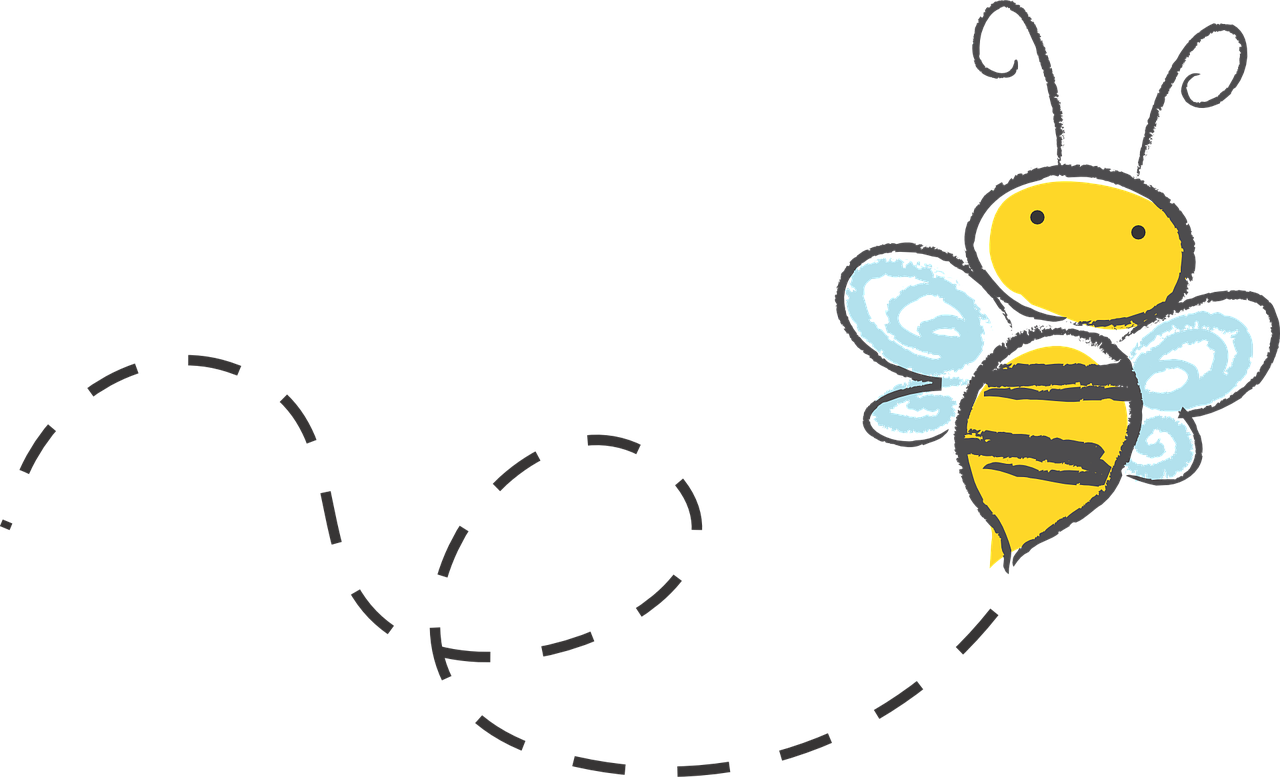
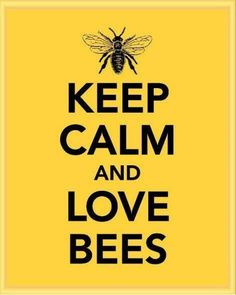

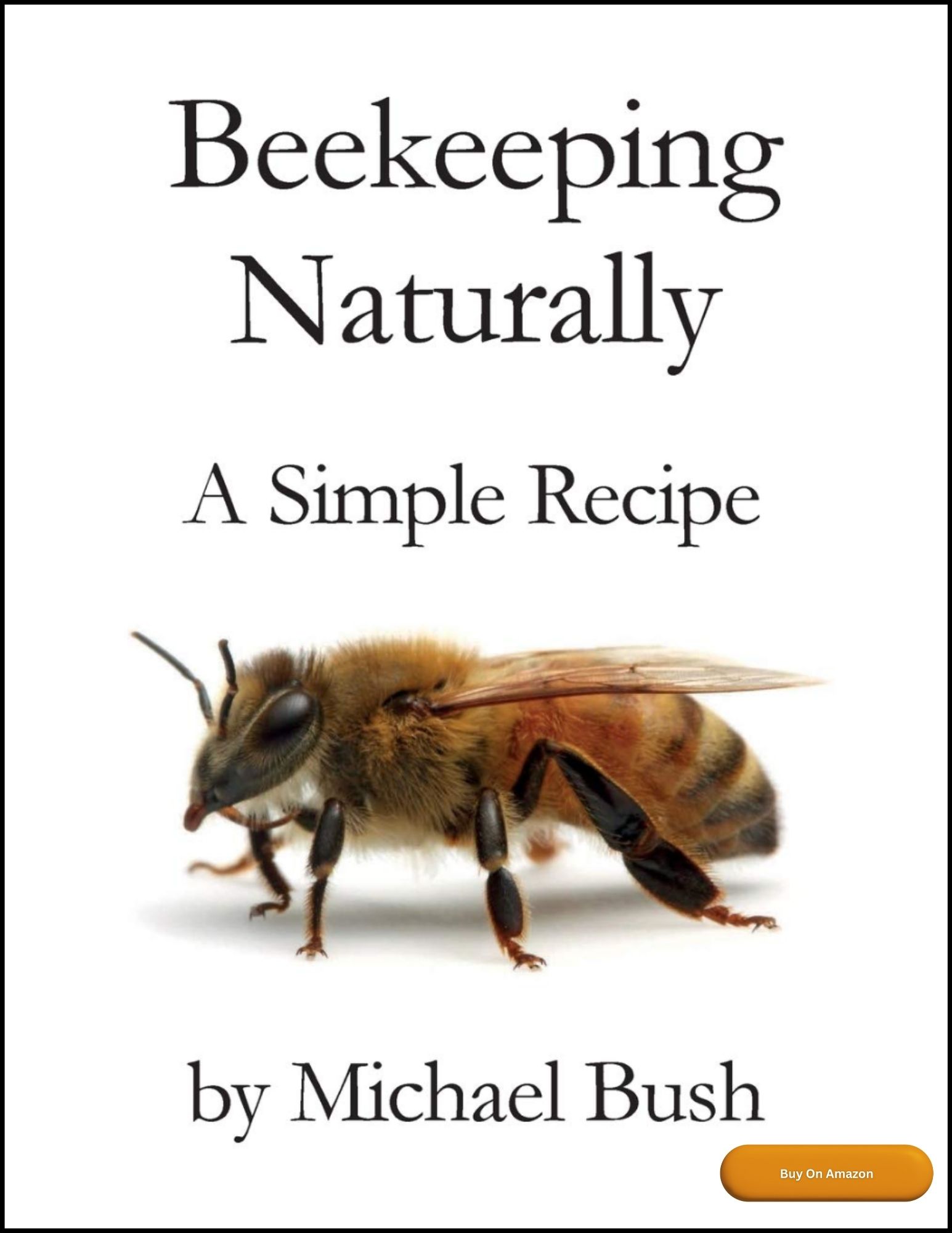
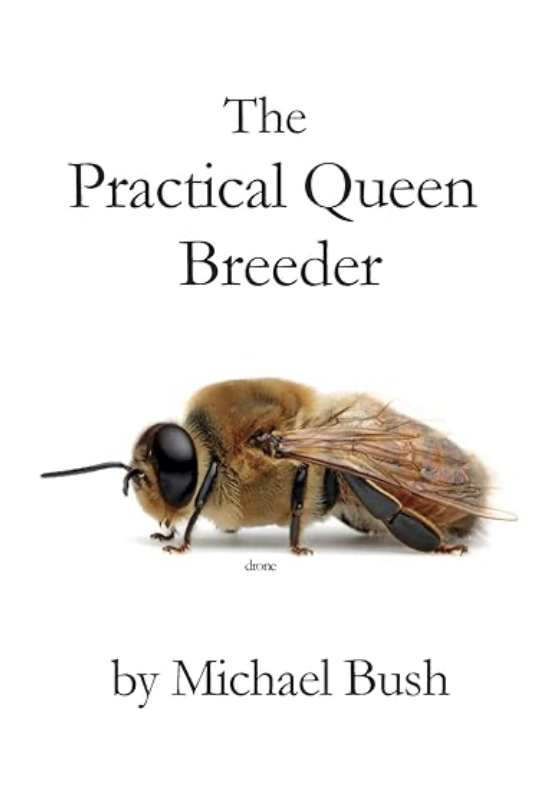
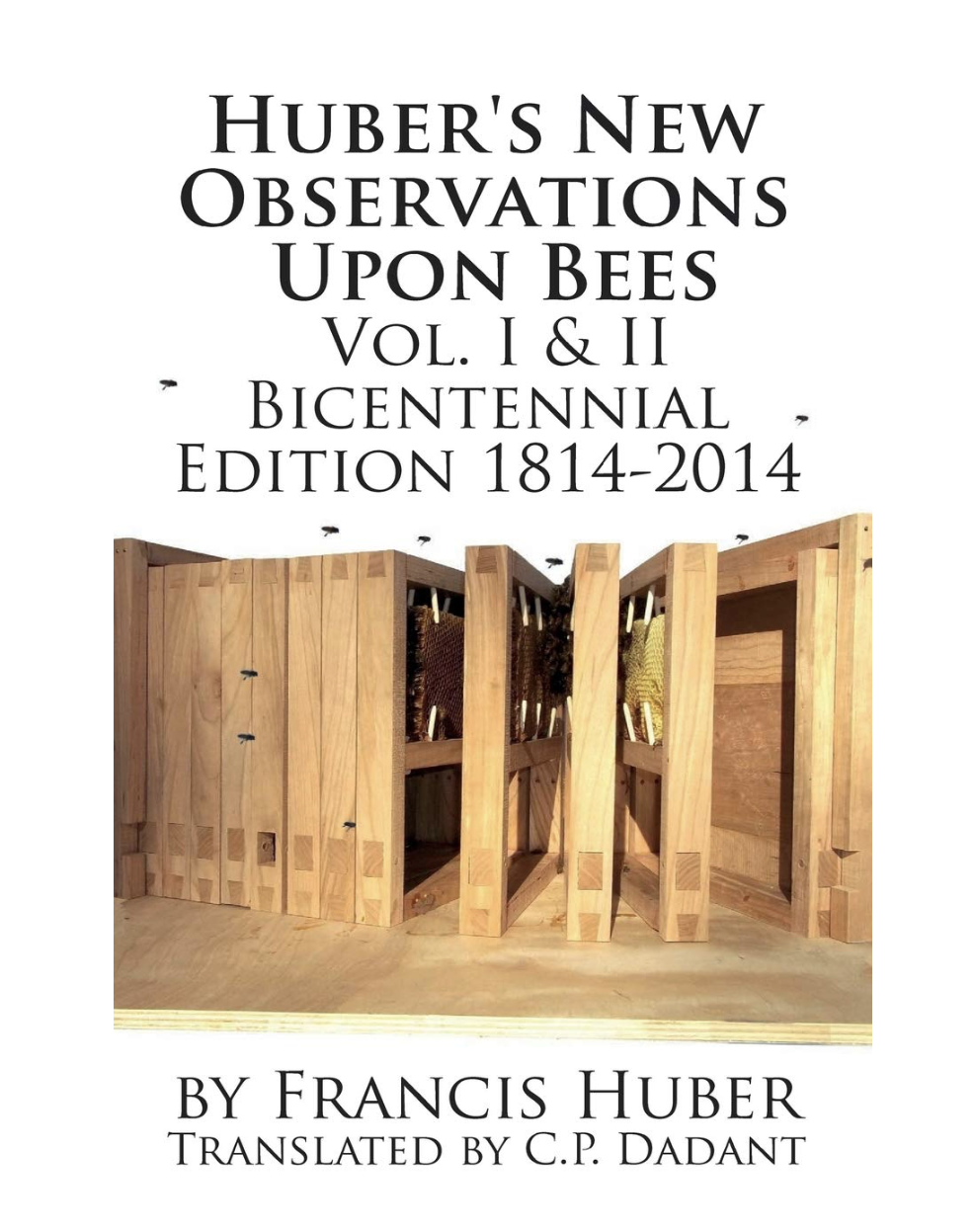
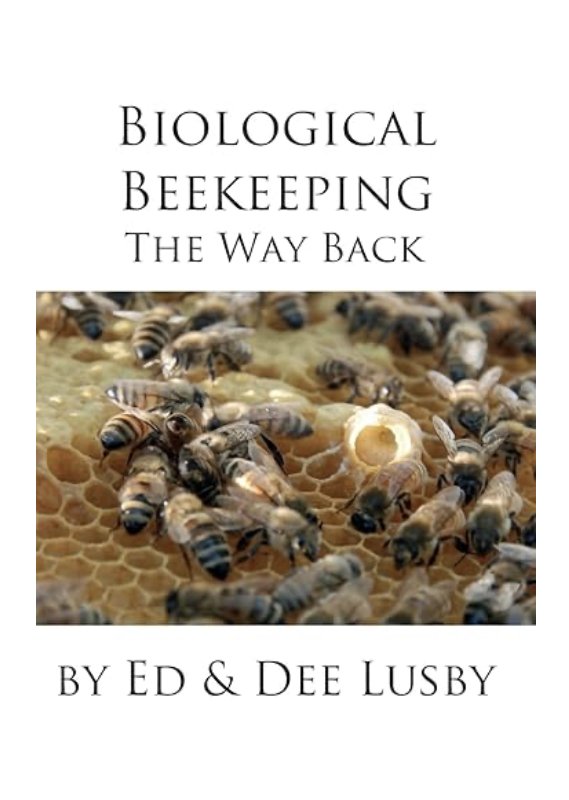

New! Comments
Have your say about what you just read! Leave me a comment in the box below.